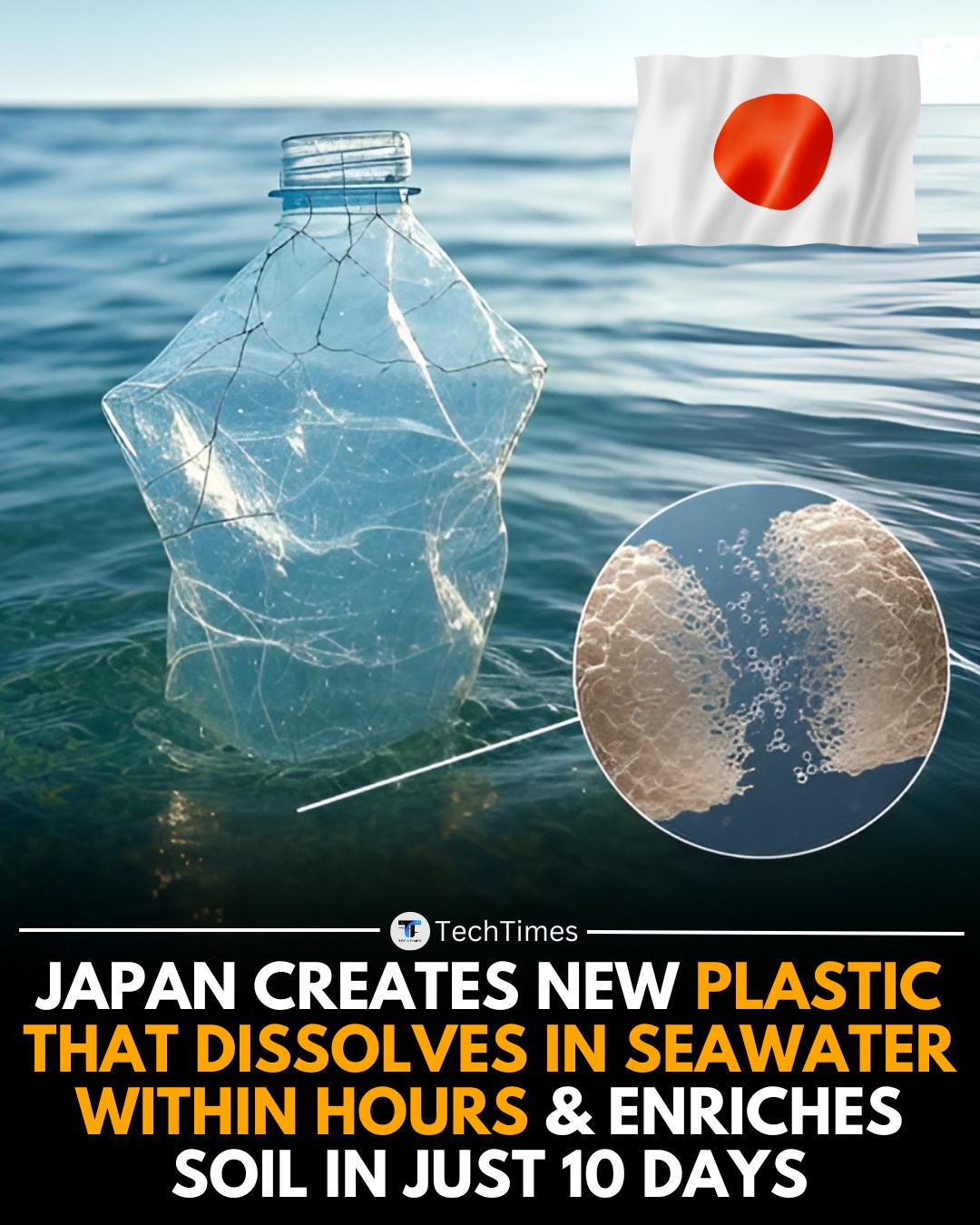Toyota is doubling down on its controversial stance against fully electrifying the global car market. According to the company, producing and powering 9 million electric vehicles in regions reliant on fossil fuel-based electricity can result in the same emissions as 27 million hybrids. Their chairman argues that hybrids offer a more efficient path to reducing carbon emissions, especially where clean energy grids are not yet widespread.
This claim adds fuel to the growing debate over the true environmental impact of EVs. While EVs may be cleaner during operation, Toyota insists that lifecycle emissions—including battery production and dirty grid charging—tell a more complex story. With global regulators pushing hard for EV-only futures, Toyota’s position remains both controversial and disruptive.
#ToyotaEVs #HybridVsElectric #SustainableMobility #EVDebate #GreenTechnology
This claim adds fuel to the growing debate over the true environmental impact of EVs. While EVs may be cleaner during operation, Toyota insists that lifecycle emissions—including battery production and dirty grid charging—tell a more complex story. With global regulators pushing hard for EV-only futures, Toyota’s position remains both controversial and disruptive.
#ToyotaEVs #HybridVsElectric #SustainableMobility #EVDebate #GreenTechnology
Toyota is doubling down on its controversial stance against fully electrifying the global car market. According to the company, producing and powering 9 million electric vehicles in regions reliant on fossil fuel-based electricity can result in the same emissions as 27 million hybrids. Their chairman argues that hybrids offer a more efficient path to reducing carbon emissions, especially where clean energy grids are not yet widespread.
This claim adds fuel to the growing debate over the true environmental impact of EVs. While EVs may be cleaner during operation, Toyota insists that lifecycle emissions—including battery production and dirty grid charging—tell a more complex story. With global regulators pushing hard for EV-only futures, Toyota’s position remains both controversial and disruptive.
#ToyotaEVs #HybridVsElectric #SustainableMobility #EVDebate #GreenTechnology









